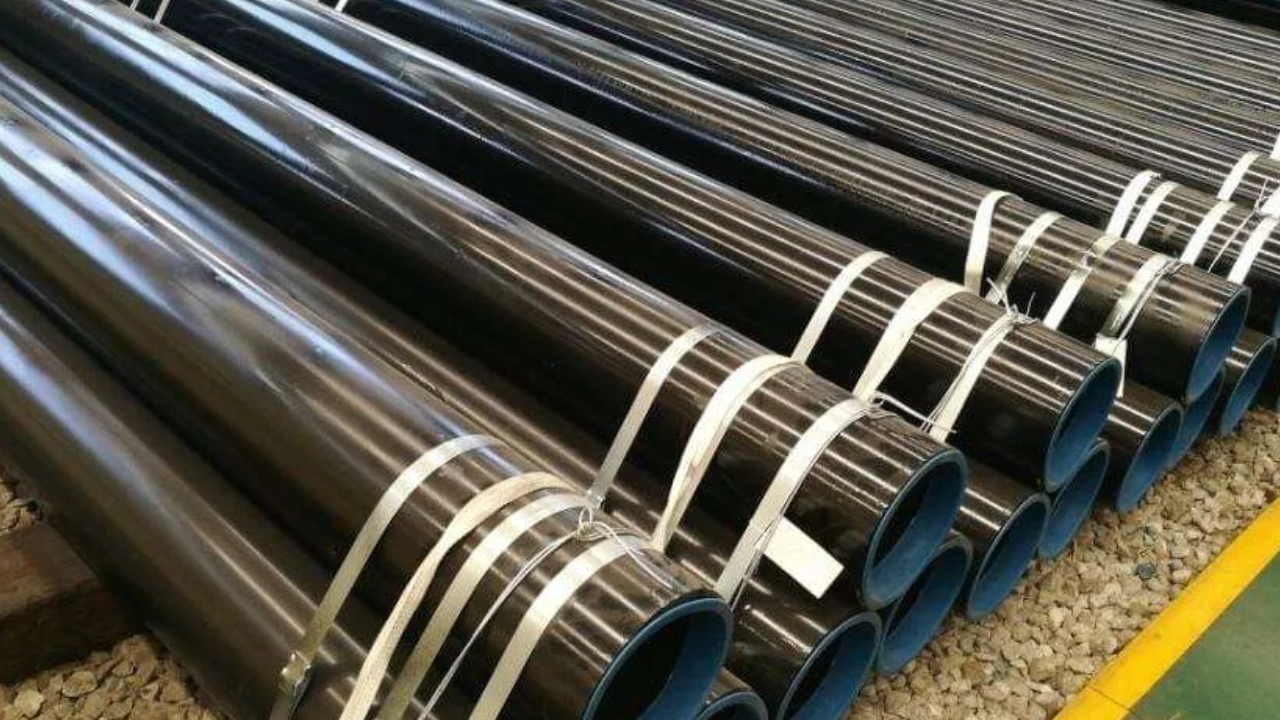schedule 80 pipes are recognized for their thicker walls and more durability than other pipe schedules, which includes schedule 40. These characteristics make them appropriate for applications requiring higher weight resistance and auxiliary astuteness.
Understanding how the Schedule 80 Pipe Main Dimensions and Thickness shift based on Ostensible Pipe Estimate (NPS) is basic for selecting the proper pipe for different mechanical and commercial uses.
Knowledge Nominal Pipe Size (NPS)
Nominal Pipe measure (NPS) is a standardized device utilized to assign the space across pipes within America. Despite being called "nominal," the NPS does not specifically correspond to the real external distance across (OD) of the pipe. The measurements of Plan 80 channels shift based on the NPS, influencing the outer diameter, divider thickness, and inward breadth.
The measurements of Schedule 80 pipes are regularly standardized agreeing to particular NPS sizes, which extend from very small pipes (e.g., 1/8 inch) to exceptionally expansive ones (e.g., 36 inches or more). The taking after is a diagram of how the dimensions of Schedule 80 pipes alter with distinctive NPS values:
Small Diameter Pipes (NPS 1/8 to NPS 1/2)
The external diameter of small Schedule 80 pipes remains generally steady over distinctive schedules. for instance, a schedule eighty pipe with an NPS of 1/8 inch will have an external breadth of 0.405 inches. In small-diameter pipes, the divider thickness increases drastically in schedule 80 pipes compared to schedule 40 pipes. For occurrence, a schedule eighty pipe with an NPS of 1/4 inch has a divider thickness of 0.088 inches, whereas the equal size schedule 40 pipe contains a wall thickness of 0.0.5 inches. The growth in wall thickness reduces the internal breadth, affecting the circulating charge of liquids through the pipe.
Medium Diameter Pipes (NPS 3/4 to NPS 2)
In medium-diameter Schedule 80 pipes, the outer diameter proceeds to follow standardized dimensions. As the NPS increments, the divider thickness in Schedule 80 channels becomes more considerable compared to other plans. A Schedule 80 pipe with an NPS of 1 inch features a divider thickness of 0.179 inches, while the wall thickness of a Schedule 40 pipe with the same NPS is only 0.133 inches. The bigger wall thickness in Schedule 80 channels reduces the inward distance across more noticeably as the NPS increments.
Huge Diameter Pipes (NPS 3 and Above)
The external diameter of large-diameter Schedule 80 pipes remains steady with industry measures, guaranteeing compatibility with fittings and other components. In bigger breadths, the divider thickness of Plan 80 channels becomes a basic factor in their capacity to handle high weights. A Plan 80 pipe with an NPS of 4 inches features a divider thickness of 0.337 inches, while the divider thickness of a Plan 40 pipe with the same NPS is as it were 0.237 inches. As expected, the thicker walls of large Schedule 80 pipes result in a diminished internal diameter.
Pressure Resistance
The increased wall thickness in Schedule 80 pipes directly correlates with their capacity to resist higher inside weights. This makes them suitable for high-pressure applications in industries such as oil and gas, chemical processing, and control era. As the NPS increments, the thicker walls give extra quality, ensuring that the pipe can handle the stresses related to larger-diameter piping systems.
Stream Capacity
The reduced inward distance across Schedule 80 pipes, compared to other plans, impacts the stream capacity of liquids through the pipe. In applications where stream rate is a basic factor, engineers must account for this lessening by selecting the fitting pipe measure or altering the system design to compensate for the diminished capacity. This thought is particularly critical in water distribution, HVAC, and mechanical liquid systems.
Weight and Installation Considerations
The thicker walls of Schedule 80 pipes result in the next weight compared to thinner-walled pipes of the same NPS. This can influence the ease of dealing with, transportation, and installation. In ventures where weight is a concern, such as in high-rise buildings or offshore stages, the extra weight of Plan 80 pipes may require specialized lifting gear and installation strategies.
Erosion and Wear Resistance
The more prominent divider thickness of Schedule 80 channels too contributes to their resistance to erosion and wear. In situations where the pipe is exposed to corrosive substances or rough materials, the thicker dividers give an extra layer of protection, expanding the pipe's benefit life.
Compatibility with Fittings and Components
Despite the variety in divider thickness and internal diameter, Schedule 80 pipes are designed to be compatible with standard pipe fittings and components. This guarantees that they can be integrated into existing systems without the need for custom fittings or modifications, streamlining establishment, and reducing costs.
Conclusion
The dimensions of Schedule 80 pipes change significantly based on the Nominal Pipe Estimate (NPS), affecting their outer distance across, divider thickness, and inward diameter. These varieties impact the pipe's pressure resistance, stream capacity, weight, and overall performance in different applications. Understanding these dimensional contrasts is significant for selecting the proper Plan 80 pipe for a particular venture, ensuring that the pipe meets the requests of the intended utilizer while giving long-lasting toughness and reliability.


